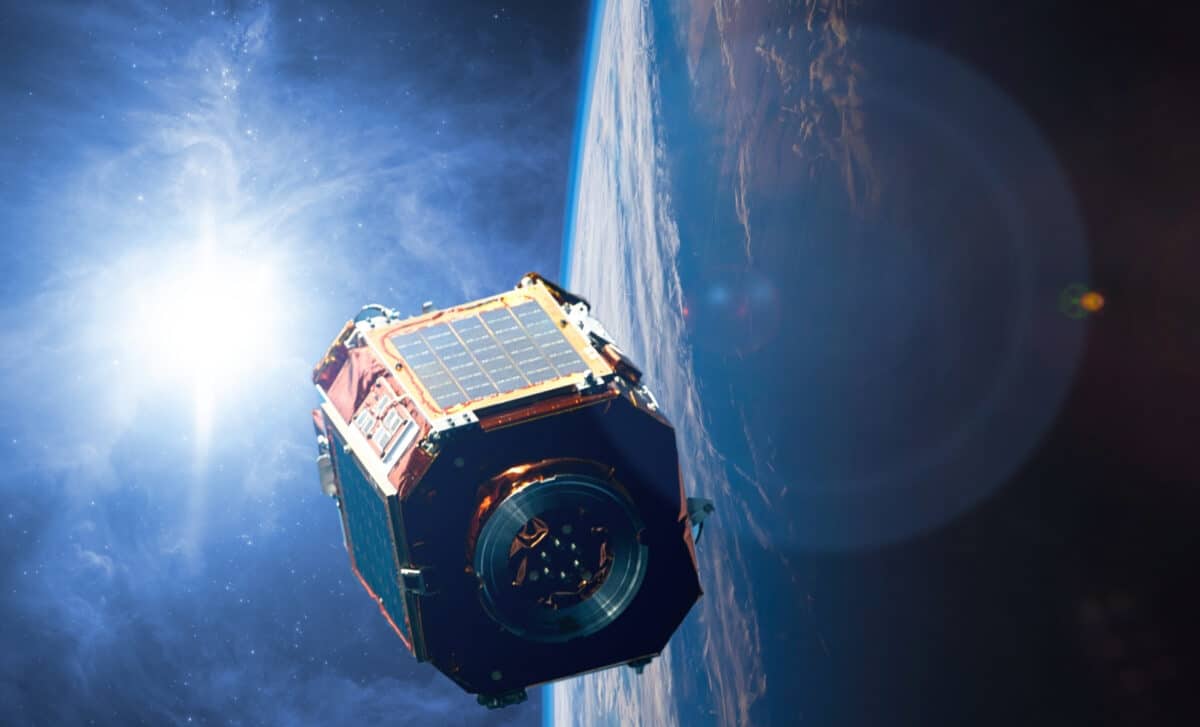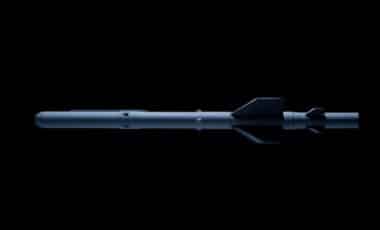In June 2024, astronomers in Australia detected a remarkable radio signal that was 3,000 times more powerful than any previously recorded. For a brief moment, this signal eclipsed everything else in the sky, sparking widespread speculation about its origins. The source of this astonishing signal? The long-deactivated Relay 2 satellite, launched by NASA in 1964.
This unexpected discovery sheds light on a pressing issue in space research: the potential hazards of space debris and how aging satellites can produce unexplained phenomena. The signal’s intensity prompted scientists to examine whether it could be attributed to natural cosmic events or human-made interference. In the end, the findings opened up new perspectives on satellite management and the challenges posed by space pollution.
Invisible and fast : The new Chinese craft worrying military experts
A Record-Breaking Signal
The signal, recorded in June 2024, was described as “the brightest thing in the sky” by Clancy James, one of the scientists involved in its investigation. It was between 2,000 and 3,000 times stronger than the most powerful radio signals ever observed. Initially, scientists speculated that the signal could be related to fast radio bursts (FRBs), brief and intense flashes of energy from distant space phenomena like magnetars.
However, as the investigation progressed, it became clear that the signal was not of cosmic origin. Instead, it was traced back to Relay 2, a satellite launched by NASA in 1964. Originally designed to retransmit the 1964 Tokyo Olympics to the United States and Europe, the satellite had been inactive since 1967.
The strength and brevity of the signal were both remarkable. According to Clancy James, the intensity of the signal was unparalleled, “brighter than anything else in the sky” for a fraction of a second. The satellite’s unexpected emissions sparked renewed interest in the study of aging space technology and how it might contribute to unforeseen astronomical phenomena.
Theories Behind the Signal
Two main hypotheses emerged to explain the origin of the signal: an electrostatic discharge or a micrometeorite impact. The first theory suggests that, over time, electrons accumulated on the surface of the inactive Relay 2 satellite.
When these electrons discharged, they generated a massive radio pulse. This theory gained credibility when scientists discovered that the signal’s duration matched that of a typical electrostatic discharge, lasting about three nanoseconds, far longer than any other radio signal detected that day.
The second theory proposed that a high-speed collision with a micrometeorite could have created a powerful plasma burst, which then emitted the radio signal. This hypothesis, while plausible, was less likely after further analysis. According to experts, the presence of the electrostatic discharge theory made it the more compelling explanation for the origin of the signal.
A new challenge in space exploration
This discovery has broader implications for the future of space exploration, particularly regarding the issue of space debris. As of now, more than 22,000 satellites have been launched into orbit around Earth, but only half of them remain operational.
The sheer volume of inactive satellites poses a growing risk of false alerts or misinterpretations of signals. According to Clancy James, the detection of such signals is increasingly difficult, as satellite interference can mimic natural phenomena.
The findings were published in The Astrophysical Journal Letters on June 30, 2025. They emphasize the importance of careful signal analysis and the need for advanced filtering systems to distinguish between real cosmic events and artificial signals.
In light of this, the construction of the SKA-Low radio telescope in Australia has taken on added significance. Researchers are keen to ensure that the telescope’s equipment can effectively differentiate between signals generated by human-made objects and true extraterrestrial phenomena.








